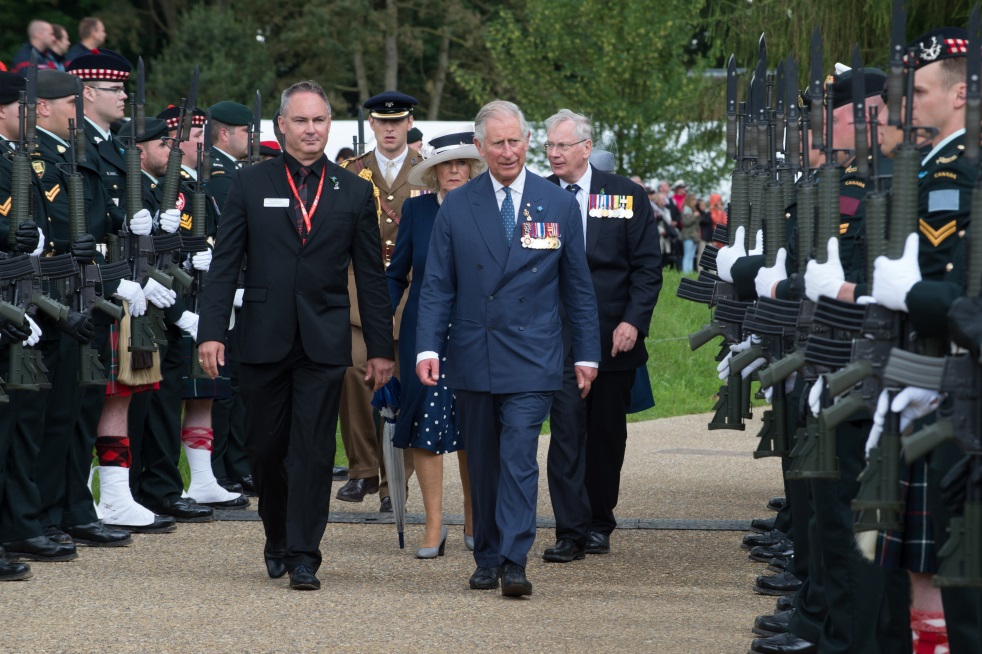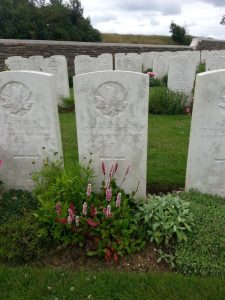Article written by Corporal Robert Duma of the RMR.

Westmount, Quebec – 20 July 2016: I was presented with a chance to participate on OP DISTINCTION in France, an opportunity that I could not pass up. The commemorative events were organized for the Battles of Somme and Beaumont-Hamel on July 1st, 2016. This day marked the 100th anniversary of the First World War battles fought on July 1st, 1916 in France. A guard of over 70 members representing various Regiments across Canada who fought in WW1 were present during the ceremonies at the Beaumont-Hamel Newfoundland Memorial and at the Courcelette Canadian Memorial in France. The experience of standing in the very trenches that they fought in inspires a great sense of the sacrifices made by the men during this time.

As we departed from Ottawa to France, the travel time allowed for me to reflect on all of those whom served and paid the ultimate sacrifice. The actions taken by these brave men and women allowed us to walk free today. When we arrived at the Beaumont-Hamel Newfoundland Memorial, there stood a symbol of remembrance; a great bronze caribou that represents the emblem of the Royal Newfoundland Regiment (part of the 29th division under the British Empire). The bronze caribou towered, watching over the open field of untouched trench lines where many men passed.
As we stood under the European rain, the commemorative ceremony began and Prince Charles, Prince of Wales, walked about our honour guard. He carefully reviewed each Canadian soldier standing strong before him, taking place along thousands who attendant the ceremony.

The second ceremony was at Courcelette Memorial, commemorating the Canadian Corps in the Somme Offensive of WW1. The monument is surrounded by maple trees representing Canadian soil. It stands as a symbol of remembrance of all the Canadians whom sacrificed their lives during battle. The ceremony allowed each and every one of us to take a moment to reflect and remember them.



During our stay in France we visited many military cemeteries in the area of the Somme where most graves stand nameless. Amongst the burials, several graves were inscribed with soldiers from the Canadian 14th Battalion (RMR).
As a last stop during our battlefield tour, we visited the Canadian National Vimy Monument. Holding the RMR flag in the wind at Vimy Ridge gave me a sentiment of appreciation and thankfulness towards all the Canadians who lost their lives during the Great War. The entire experience was gratifying as we stood the same ground 100 years later.
– We will remember them –


